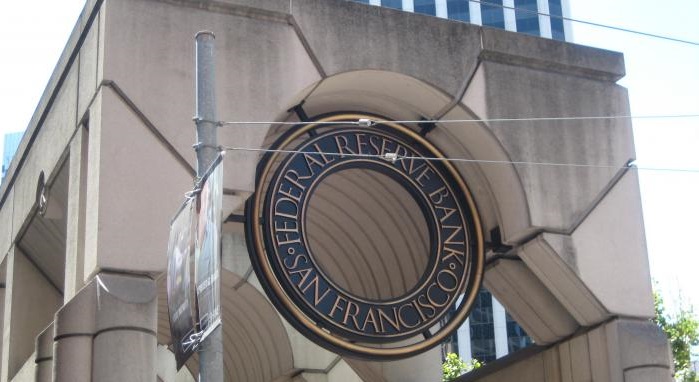The Federal Reserve Bank of San Francisco (FRBSF) has published an article covering the risks of bitcoin and other virtual currencies. The article appeared in Community Banking Connections, a supervision and regulation resource by the Federal Reserve System for community banks: banks with less than US$1 billion in assets on their balance sheets.
The 1500-word article, authored by FRBSF Director Wallace Young, presents a broad overview of the cryptocurrency space and industry. Targeted at community banks – comprising roughly 94% of all banks in the United States – it explains what cryptocurrencies are, and what they can be used for. The article notes that the crypto-sector presents opportunities for community banks to provide services to bitcoin- and crypto-related businesses, and even mentions that banks could potentially be holding cryptocurrency on their own balance sheets.
While the FRBSF clearly takes cryptocurrencies seriously, the article also emphasizes that the cryptocurrency space as a whole is still very small compared to legacy financial service providers. It says:
“Note that despite what seems to be a tremendous interest in virtual currencies, their overall value is still extremely small relative to other payment mechanisms, such as cash, checks, and credit and debit cards. For example, in 2013, U.S. credit and debit cards accounted for over $4 trillion in spending.”
The article primarily focuses on the risks involved with cryptocurrencies. In particular, it outlines the risks that come along with the "anonymous" nature of cryptocurrencies, which it explains make it hard for banks to know and understand the activities of its customers, and the legality thereof. Referring to the implosion of Mt. Gox, the article also warns about reputational damage, as Mt. Gox's bank was sued after the exchange lost hundreds of millions of dollars worth of customer funds.

Perhaps more interestingly, the FRBSF also indicates that community banks should be cautious if a borrower wants to post bitcoins or another crypto as collateral for a loan – but does not prohibit it. The article reads:
“Bankers should carefully weigh the pros and cons of extending any loan secured by bitcoins or other virtual currencies (in whole or in part), or where the source of loan repayment is in some way dependent on the virtual currency. […] Bankers also need to think about control over the account. How does a banker control access to a virtual wallet, and how can it limit or control the borrower’s access to the virtual wallet?”
Lastly, the FRBSF indicates that it expects that cryptocurrencies will not go away, and will possibly even increase their economic footprint over the years. The article concludes:
“Virtual currencies bring with them both opportunities and challenges, and they are likely here to stay. Although it is still too early to determine just how prevalent they will be in the coming years, we do expect that the various participants in the virtual currency ecosystem will increasingly intersect with the banking industry.”
It's not the first time the Federal Reserve – or a subsidiary – has touched upon cryptocurrencies. Both the Federal Reserve in Washington, DC and the Federal Reserve of St. Louis have over the past years published reports on bitcoin.
